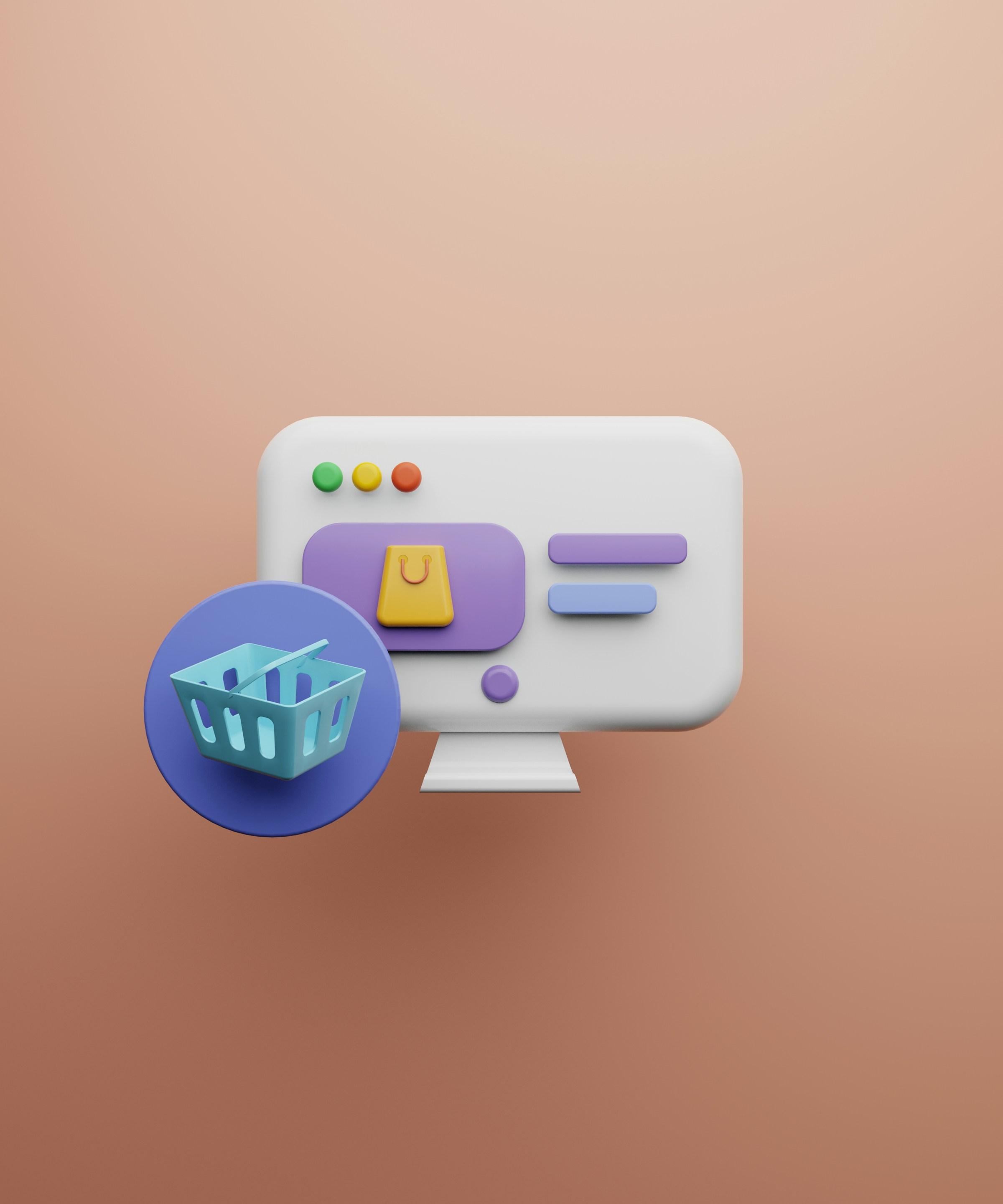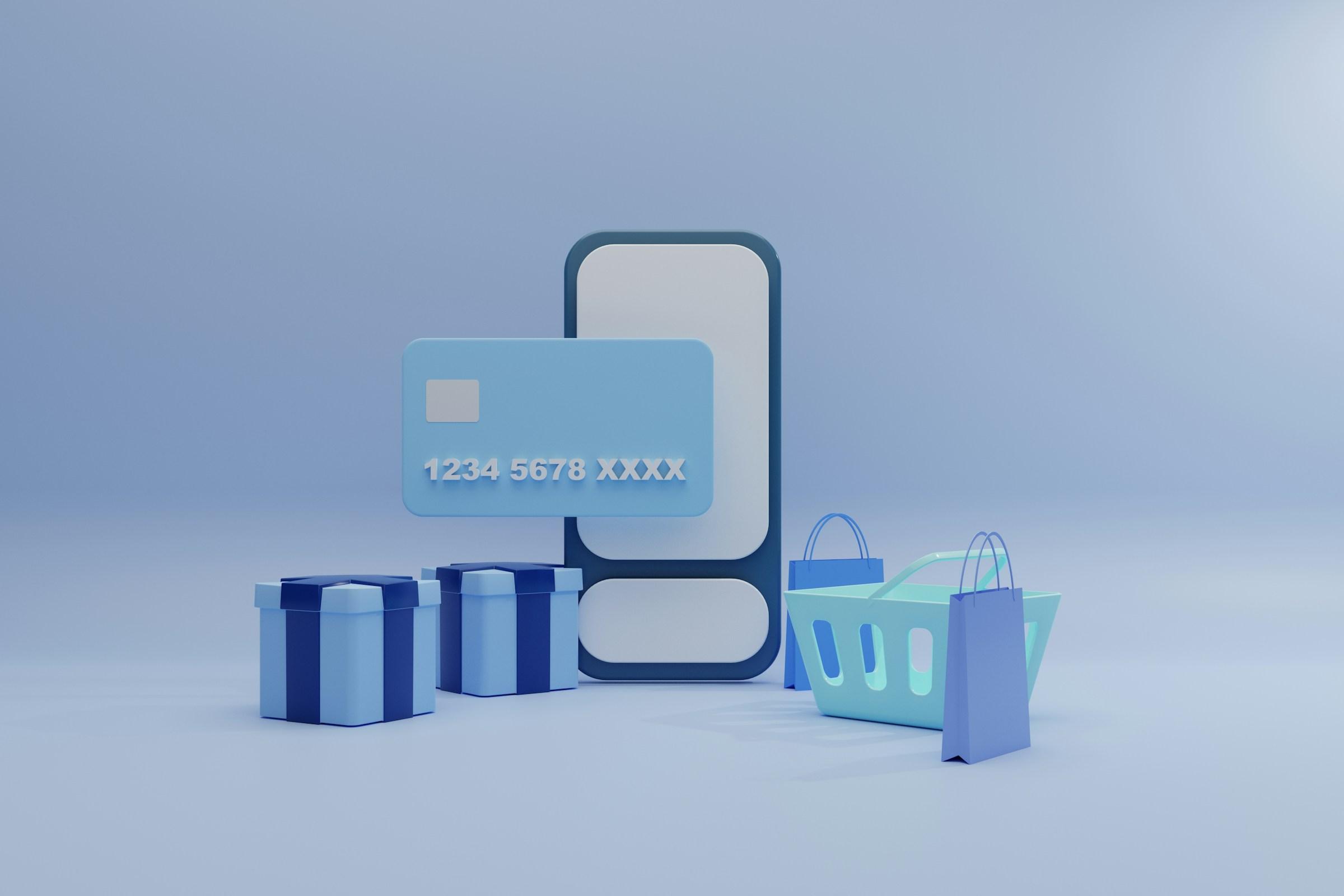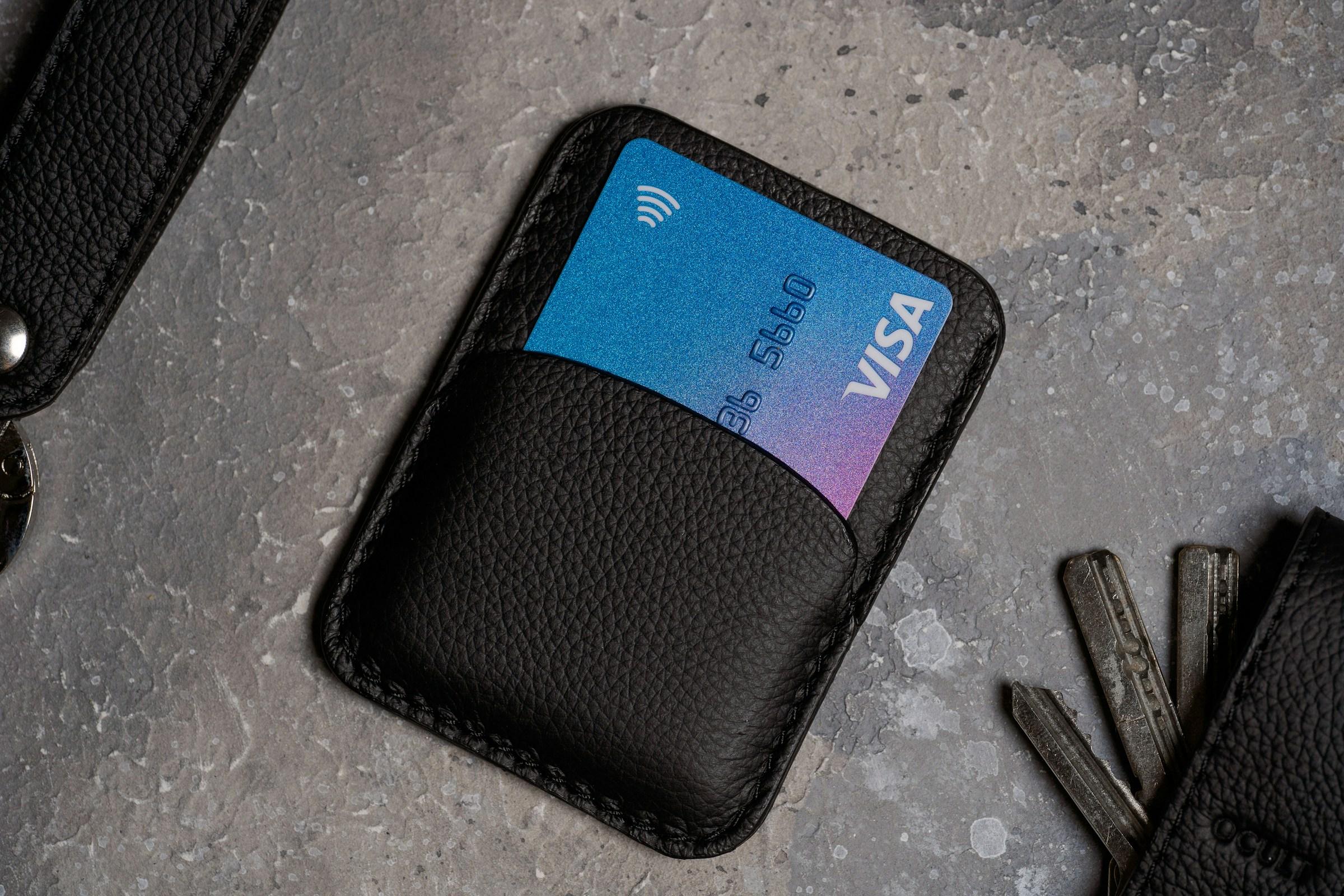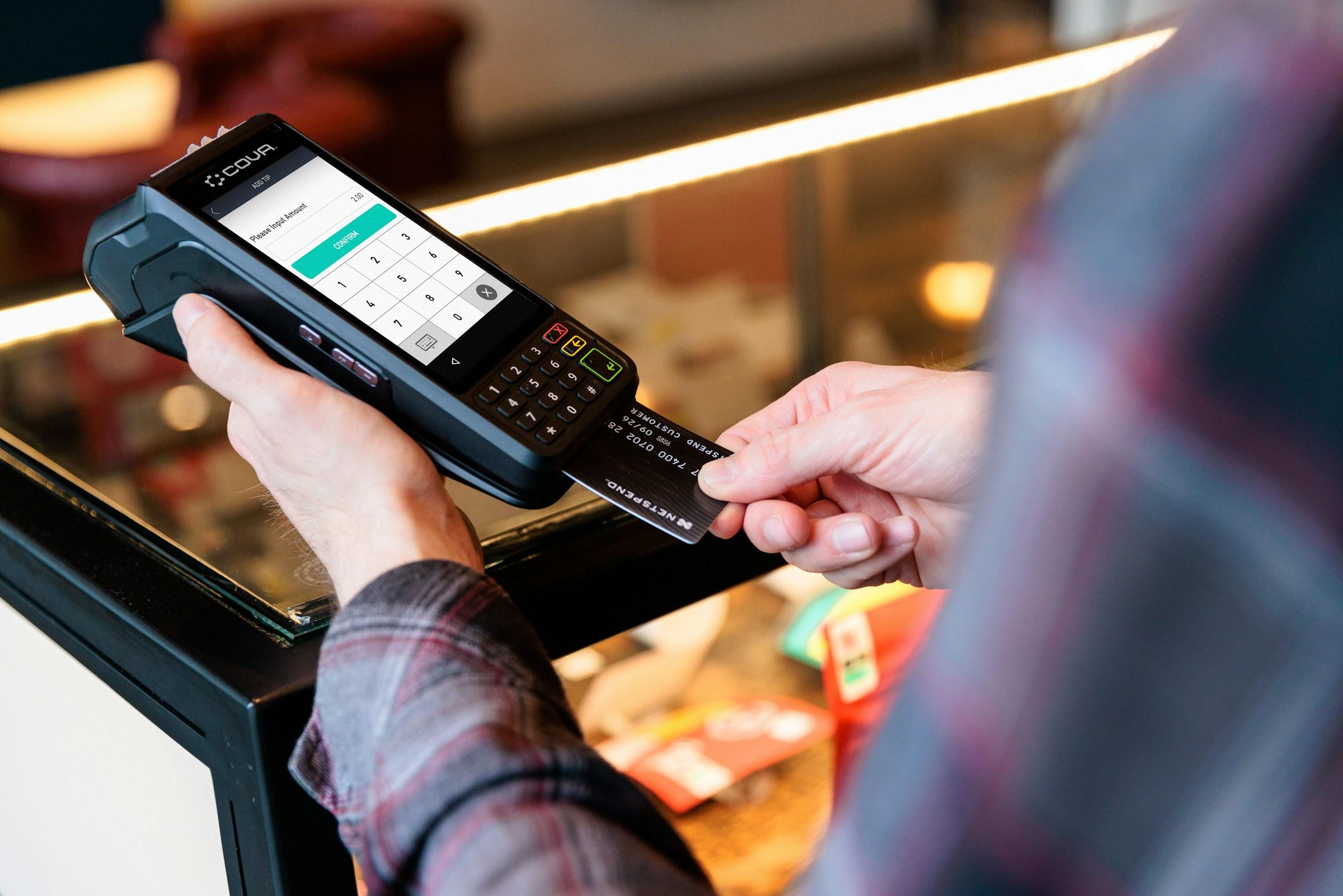You authorize a company to take money when it is due, and your life gets easier. Bills do not slip your mind. Late fees disappear. A subscription renews while you are busy at work. Pre-authorized payments can support good money habits because they reduce friction. The risk is not in the tool itself but in how easily it keeps moving when your attention shifts. Convenience can become autopilot, and autopilot can drift from your plan. This is where a calm, intentional approach helps. Think of pre-authorizations as helpful assistants that still need supervision.
The first and most common risk is cash flow surprise. When amounts vary, a debit can land larger than you expected and collide with rent, a mortgage deduction, or other scheduled obligations. If the charge hits a day earlier than usual because of a weekend or a public holiday, the balance you set aside may not be in the right place at the right time. The result can be an overdraft, a returned payment, or a credit card interest ripple that lasts beyond the month. This is not a moral failing. It is a timing mismatch. The solution begins with visibility. Align due dates to the extent providers allow, and set account alerts for low balances and large transactions. The goal is not to check your bank every hour. The goal is to give your future self a calm nudge before a payment crosses the line.
The second risk is scope creep. You signed up for one service at a promotional rate, then an add-on, then a trial that converted, and six months later your card funds a larger bundle than you remember agreeing to. Companies are not always opaque, yet the onus to watch changes often falls on you. Renewal notices can land in crowded inboxes, and pricing adjustments arrive as polite emails you intend to read later. To counter this, keep a simple ledger of active authorizations. A note in your phone or a single spreadsheet works. Record the service name, the billing cycle, the expected amount, and the cancellation route. This small habit turns a vague feeling of leakage into a list you can review in minutes.
A third risk is cancellation friction. Ending an authorization can be easier in theory than in practice. Some merchants accept cancellations in-app or online, while others require a specific form or a phone call during business hours. The lag between your request and the next billing cycle can create an extra charge that you then need to dispute. A good rule is to cancel with the merchant first and then remove the payment method only after you receive confirmation. Save a timestamped screenshot or email acknowledgment in a single folder. If a later charge occurs, you have a clear trail to support a reversal. For authorizations linked directly to a bank account, check whether your bank allows you to block a specific merchant pull. Many do, but the process can take time, so acting early is the best protection.
Fraud and errors form a fourth category of risk. True unauthorized pulls are rare but not impossible. More often, the issue is a mistaken billing amount, a duplicate charge, or a service you do not recognize because the merchant descriptor differs from the brand you know. Credit cards typically offer stronger dispute mechanisms than debit cards and certainly more cushion than direct bank debits, where funds leave your account immediately. Using a credit card for variable subscriptions can therefore be a practical choice. You still owe the money, but you gain a clearer window to contest problems before cash leaves your current account. If you prefer to use a debit card or bank pull for budgeting discipline, consider a dedicated bill-pay account funded only with what your authorizations require each month. Segregation contains damage if something goes wrong.
A fifth risk is data sprawl. Each authorization stores your payment details with another party. Reputable firms harden their systems, yet every additional vault creates another potential point of exposure. You cannot remove all risk, but you can reduce your footprint. Consolidate recurring payments through as few providers as make sense. If your card issuer offers virtual card numbers or per-merchant limits, use them for discretionary subscriptions so you can disable a single token without replacing your main card everywhere. Keep your primary accounts and long-lived policies with your stable card details, and place experimental or short-term services behind numbers you can retire easily.
Pre-authorized payments also intersect with how you experience credit limits and available balance. A gym membership or utility bill may place a pre-authorization hold that temporarily reduces what appears to be available. Hotels and car rentals are the most visible examples, but smaller merchants sometimes follow similar practices. When you run lean credit lines, even modest holds can crowd other planned spending. To manage this, keep a simple sequence in mind. Essential bills that are flat in amount can sit on automated pulls with a fixed schedule. Variable or usage-based services can benefit from manual review before processing. Large one-off holds are best placed on a card with clean headroom for the week in question. This sequence is not about perfection. It is about setting each type of payment on the track where it causes the least collateral effect.
International living and cross-border work add their own texture. Currency conversion can move a predictable subscription into a different bracket when exchange rates shift. A price that felt minor six months ago can feel material after a currency swing. If you live or work across borders, prefer authorizations billed in your income currency where possible, or adjust the ledger entry to capture the foreign amount and a realistic range for movement. Review once a quarter to recalibrate. Expats also encounter regional differences in dispute rights and processing times. Because these details vary, the practical takeaway is to keep your documentation tidy and to act quickly when something looks off.
The subtle risk I see most often is psychological. Automation can distance you from your own plan. When bills handle themselves, you can drift from active budgeting and lose the sense of choice. Over time this can produce a feeling that money is always leaving and never arriving, even when savings continue steadily. To counter this, bring intention back with a monthly ritual. On the same day you pay yourself first into savings and investments, scan your authorization ledger for anything that no longer serves your life. Ask three questions. Is the service still used? Is the price still aligned with value? Is there a better tier for this season of life? A five-minute review restores agency and keeps the portfolio of subscriptions healthy.
Families and shared households have an added layer. One spouse or partner may set up a service on their card for the household, then change cards, then forget to update a provider. A charge fails, a fee appears, and the conversation becomes about blame rather than systems. The fix is to assign an owner for each recurring obligation and record the owner in the ledger. The owner can be a person or a shared wallet, but clarity should be explicit. If a partner leaves a job or changes banks, the owner scans their section of the list and updates methods in one sitting. This reduces missed payments and reduces the emotional load that scattered responsibility creates.
There is also the question of which bills deserve automation at all. I suggest starting with non-negotiable essentials where the amount is flat or tied to a known schedule. Think mortgage or rent, insurance premiums, student loans, some utilities if the variability is small. These are the payments where a missed due date creates outsized stress. Discretionary subscriptions, variable utilities, and pay-per-use services can work well on automation after a few months of observation. In the early period, manual payment keeps you close to the behavior that drives the bill. Once the pattern is predictable, switching to automation can free mental space without creating blind spots.
From a planner’s lens, the strongest framework is simple. Authorize with intention, monitor with light systems, and retain the ability to revoke efficiently. Authorization with intention means you connect each automatic debit to a goal. A cloud backup serves your digital safety net. A streaming service supports family time. If you cannot name the purpose, reconsider the spend. Monitoring with light systems means you let technology tap you on the shoulder before the charge, not after. Calendar reminders two days before bill dates, bank notifications for amounts above a threshold, and a monthly five-minute review create a safety net without creating busywork. Retaining the ability to revoke efficiently means you document how to cancel, keep confirmations, and prefer payment methods that give you recourse when needed. With these three pillars, the convenience of automation supports rather than undermines your plan.
It is also worth considering how pre-authorizations fit within your emergency fund strategy. In a period of income disruption, subscriptions feel small until you add them together. A quick audit on day one of a job transition can trim recurring costs without destabilizing your routine. Keep a short list of discretionary services that you would pause first if needed. Having the list ready lowers the friction of action when emotions are high. If you never need it, even better. The exercise itself builds confidence that you can respond without panic.
You might ask whether to use a credit card or a bank debit for most authorizations. There is no universal answer, only tradeoffs. Credit cards offer dispute rights and delay cash outflow, which helps when you need time to investigate a charge. They also help you aggregate points if you pay in full. Bank debits impose immediate discipline and may be preferred by some providers, sometimes with a lower fee. If you have a history of revolving balances, bank debits can prevent the silent buildup of interest. If you manage credit responsibly, cards can centralize risk management. Choose one primary method for stability, and use the other selectively for cases where its strengths matter.
Finally, remember that pre-authorized payments are not a separate category in your financial life. They are simply a way money leaves your accounts. The core questions remain the same. Does each commitment reflect what you value now. Is your cash flow set up to absorb timing quirks without stress. Do you have a clean path to change your mind when life changes. If you keep these questions at the center, you can use automation confidently.
The phrase itself bears repeating once to anchor the mindset. The risks of pre-authorized payments are real, but they are manageable with a few steady practices. Treat each authorization as a helpful tool that still reports to you. Set light alerts. Keep a living list. Review once a month. Save one screenshot at cancellation. These habits are small, quiet, and easy to repeat. They protect your cash flow, support your long-term goals, and return convenience to its proper place in your plan.





.jpg&w=3840&q=75)
.jpg&w=3840&q=75)
.jpg&w=3840&q=75)

.jpg&w=3840&q=75)




